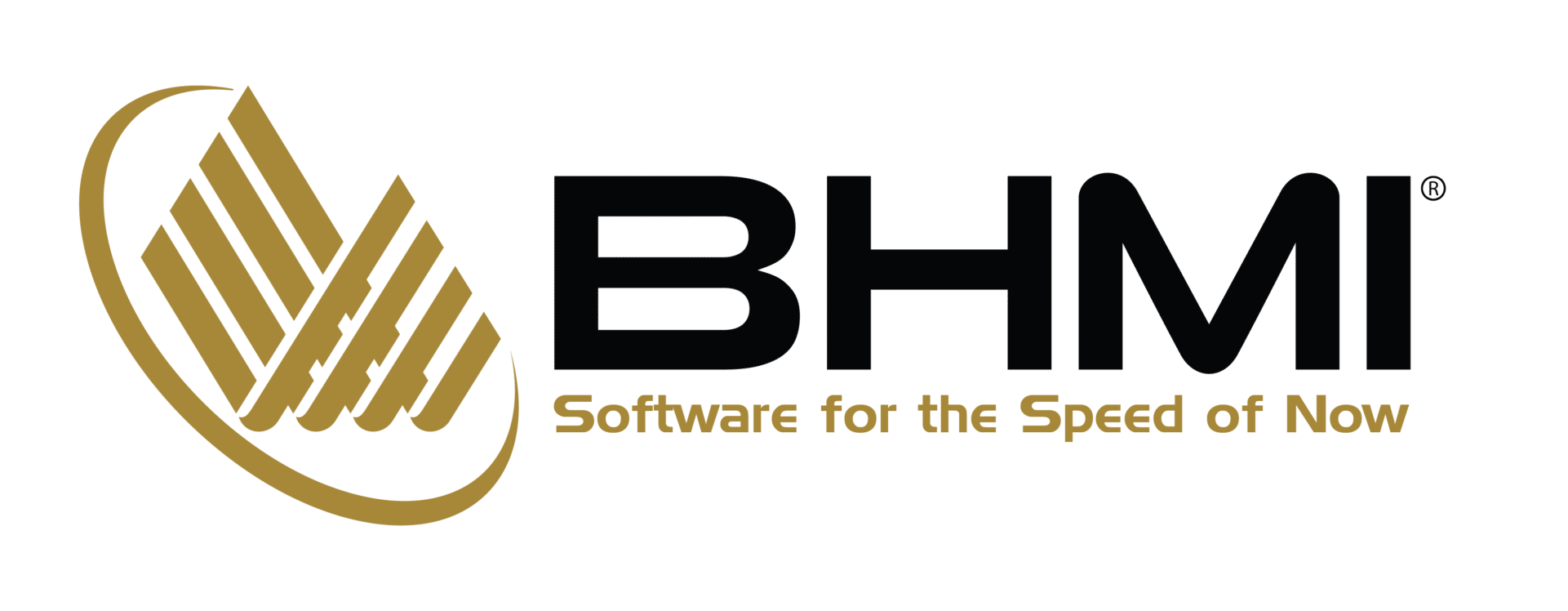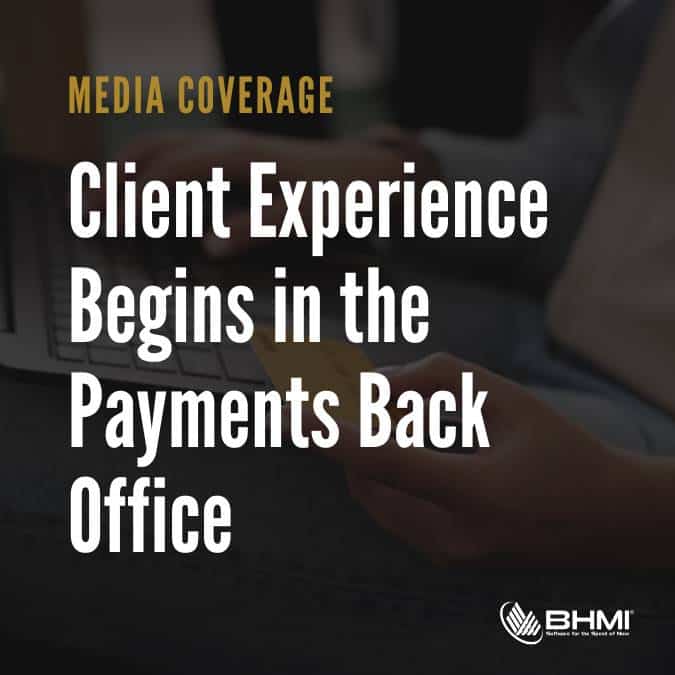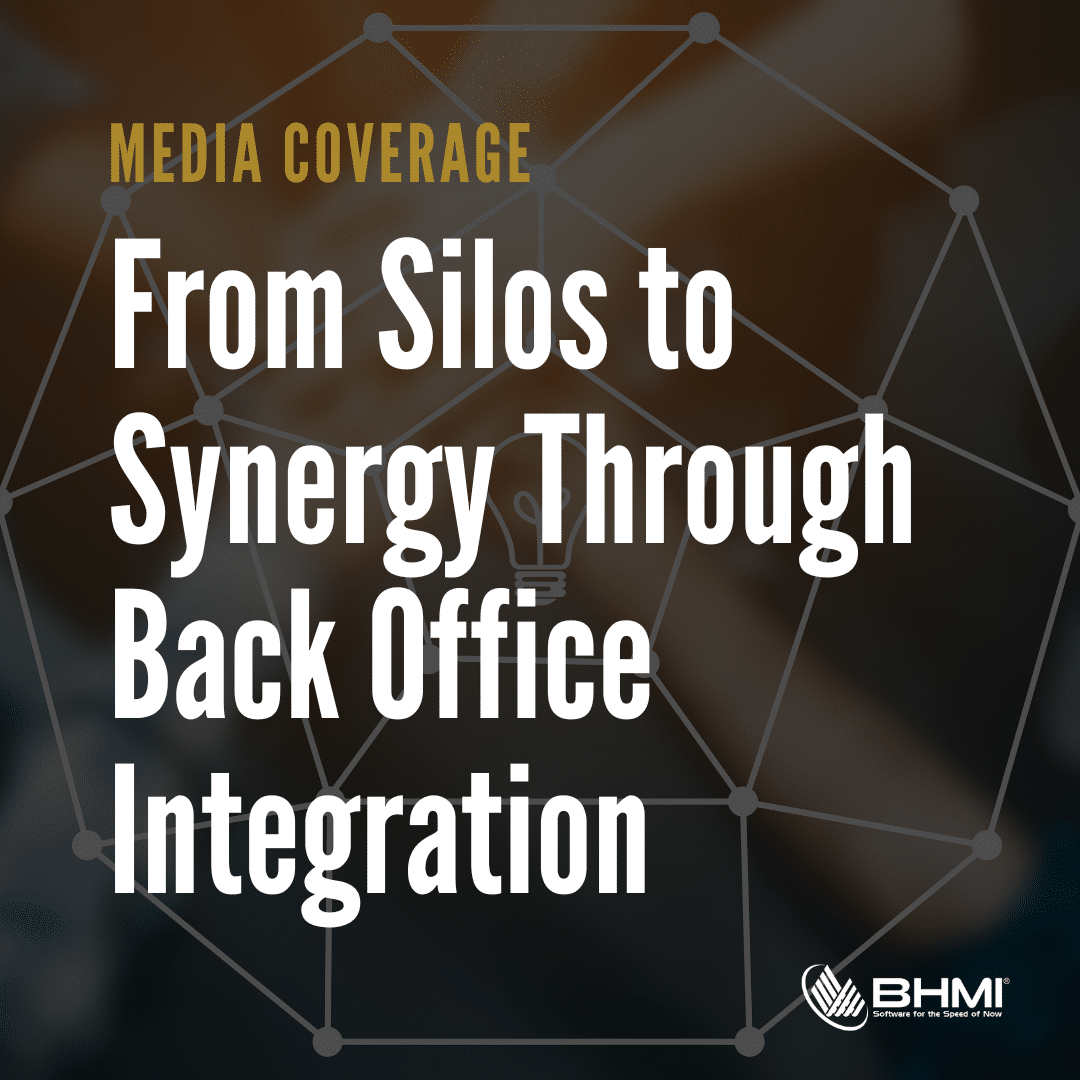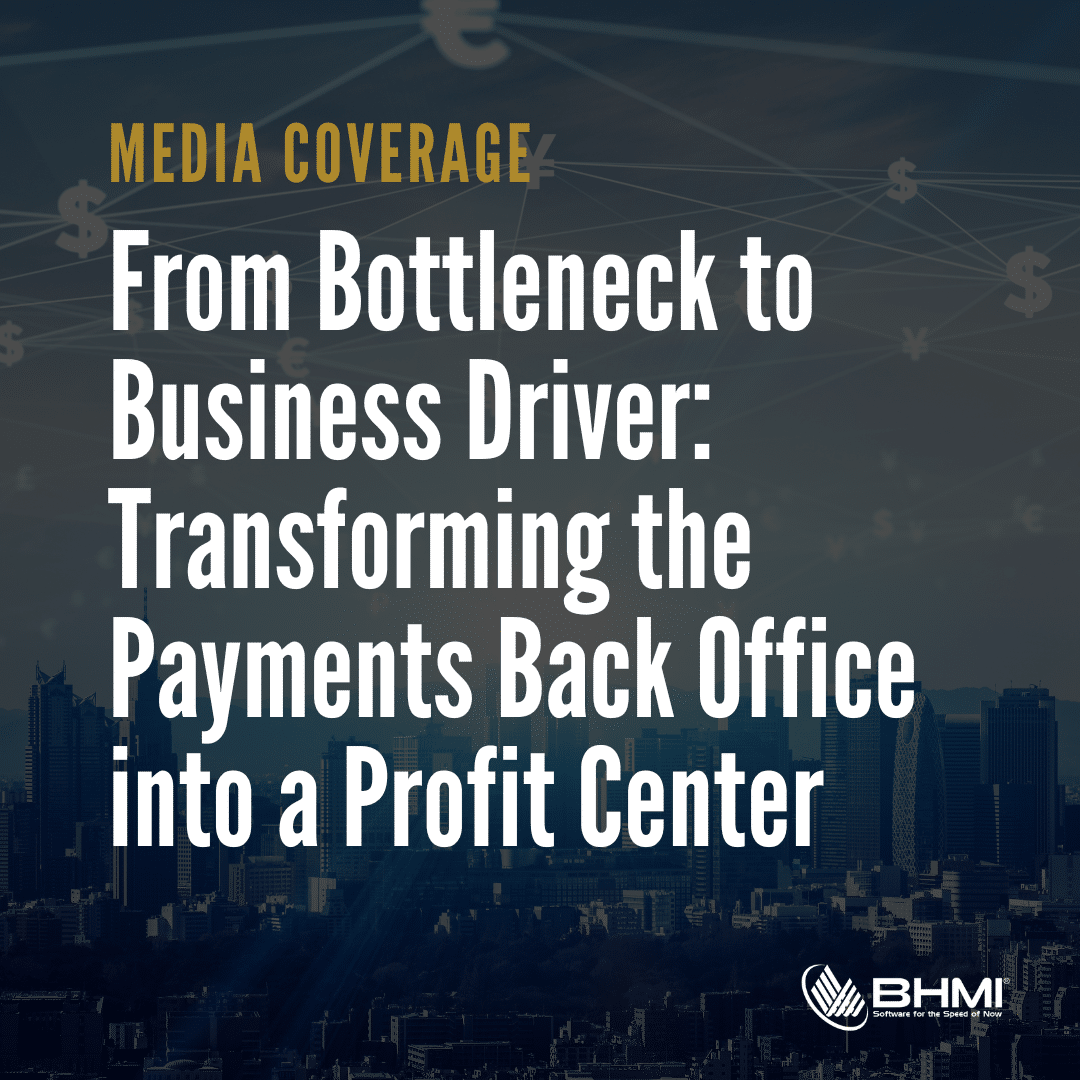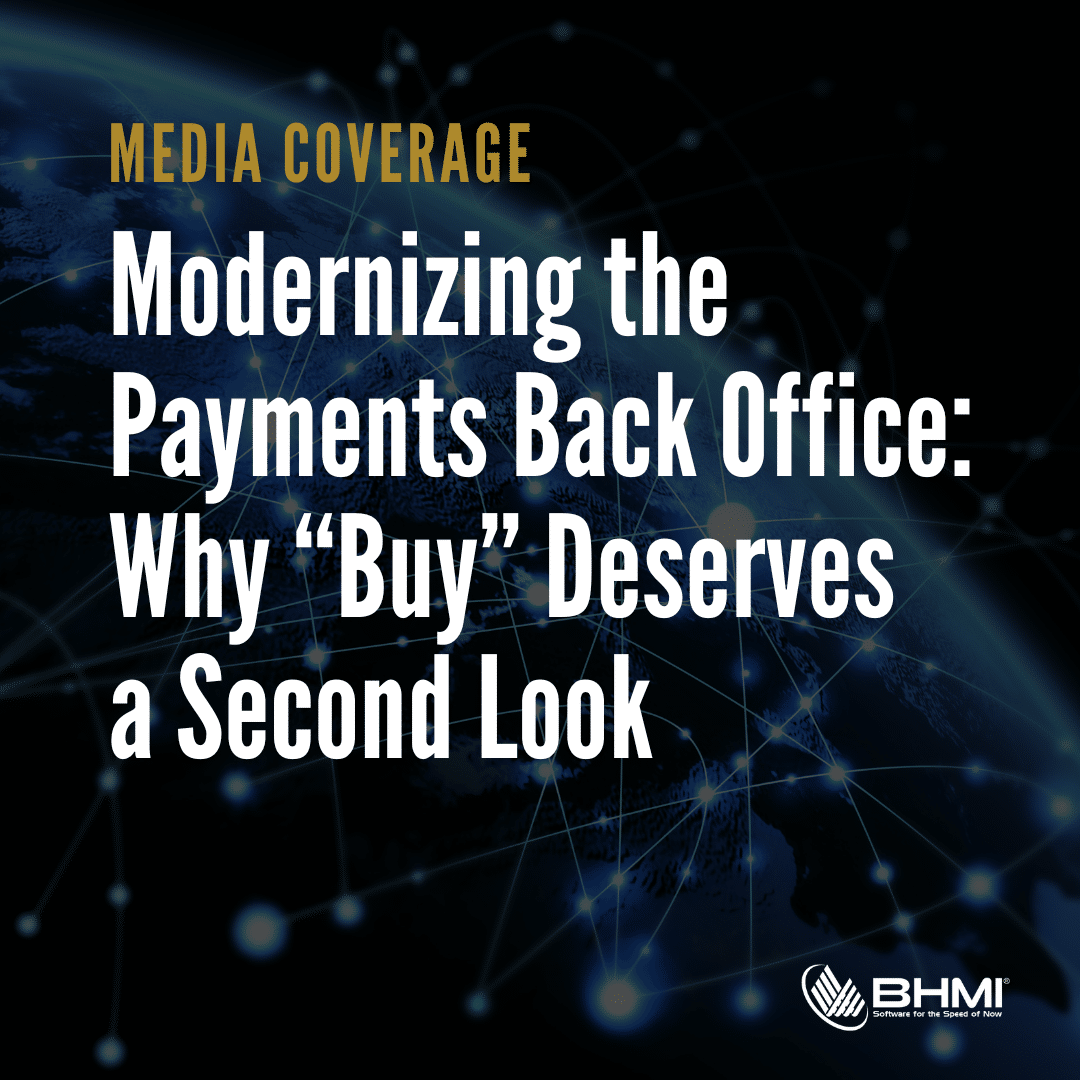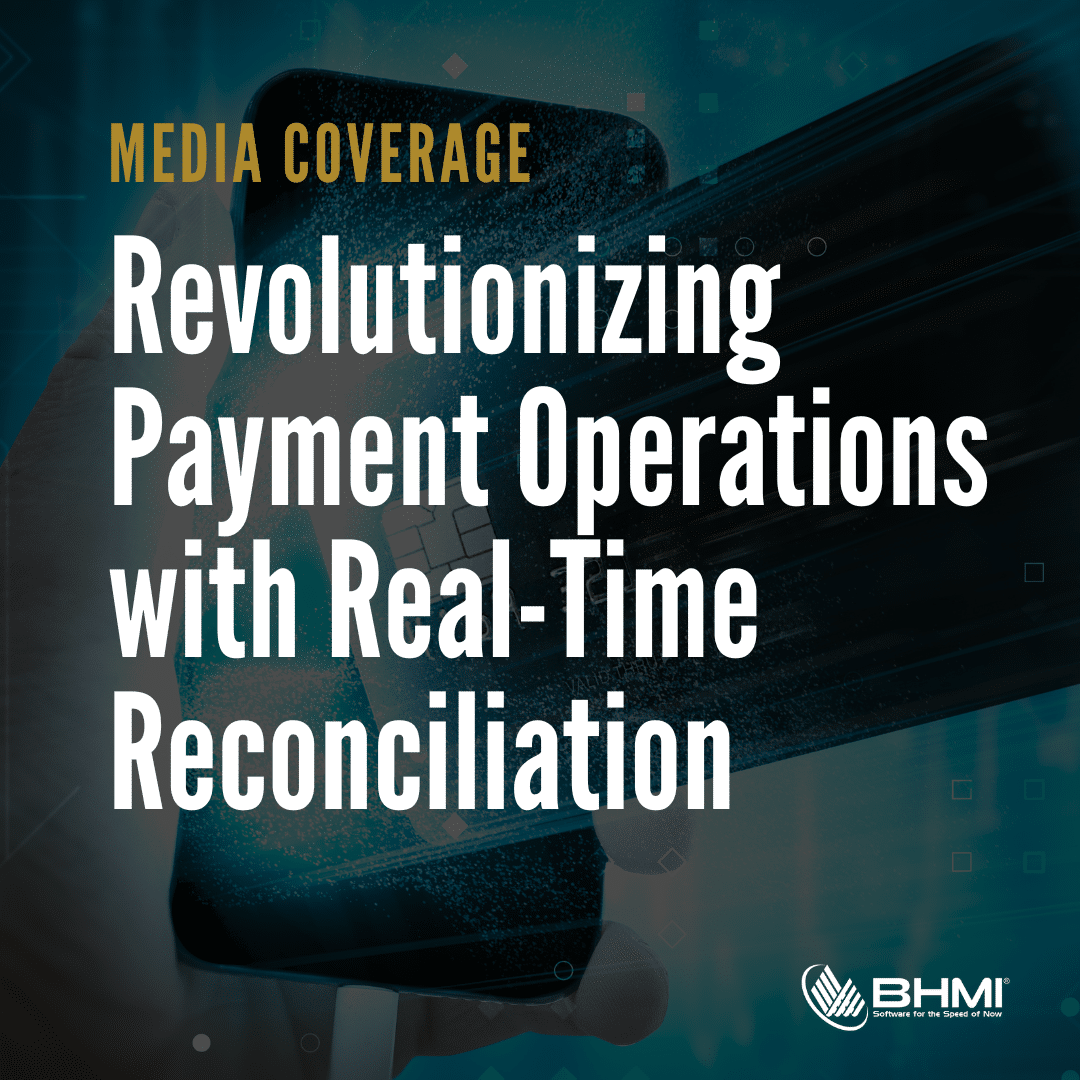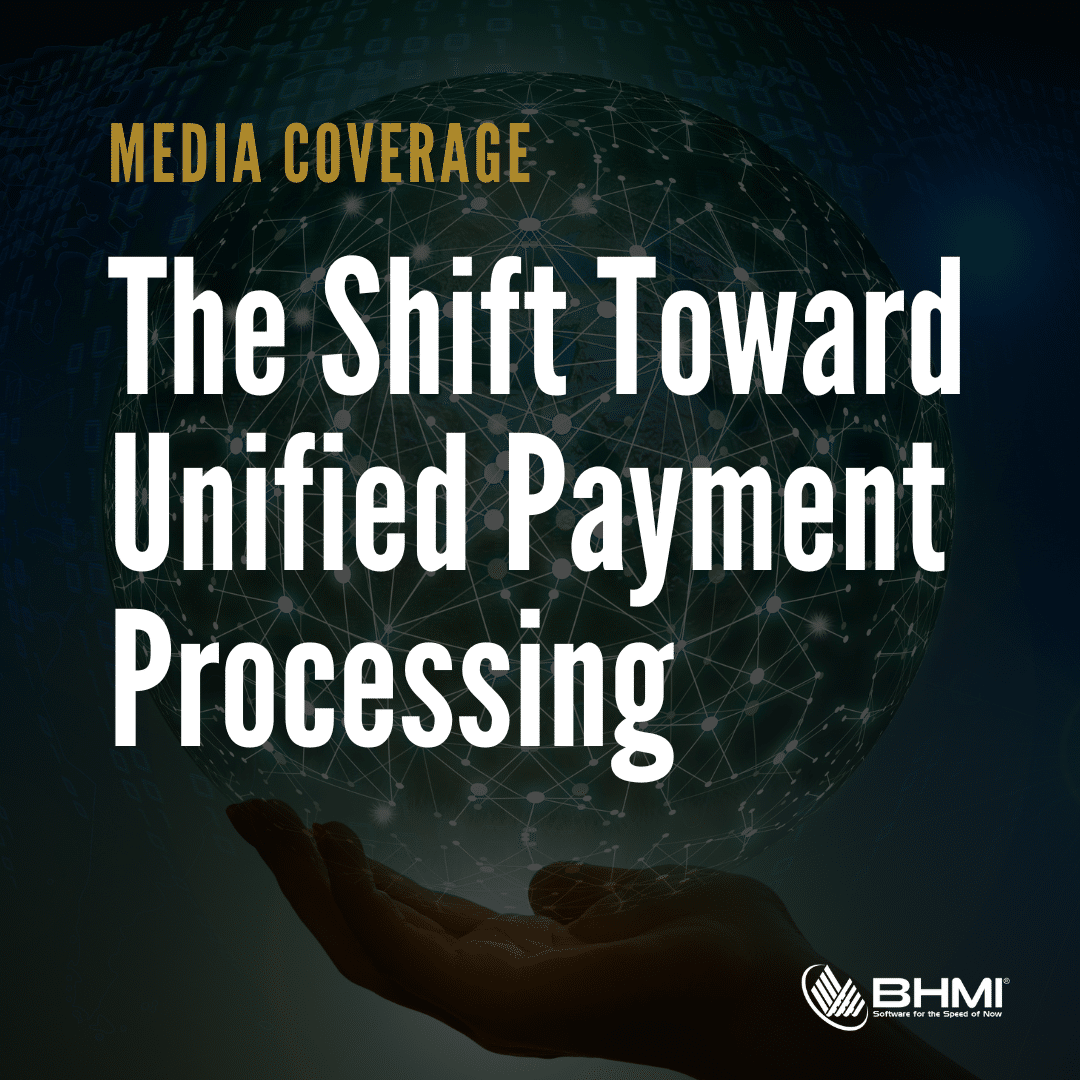For years, the payments industry focused heavily on front-end speed and convenience. But as the ecosystem becomes more data-driven, business clients want something deeper: the ability to see, understand, and
The payments industry is evolving faster than ever — and modernization can’t stop at the front end. Financial institutions need unified, intelligent back-office systems that deliver real-time visibility, automation, and control across all payment types. We’re proud that Banking CIO Outlook has featured BHMI for our leadership
In today’s high-speed payments environment, “audit-ready” isn’t optional—it’s a competitive advantage. From reconciliation and settlement to dispute management, every part of the payments back office is under increasing scrutiny. Fragmented data, manual processes, and unclear audit trails
Real-time payments and digital wallets may grab headlines, but the real transformation lies behind the scenes—in the payments back office. The Green Sheet recently published an article by the CTO of BHMI, Michael
In a recent PaymentsNEXT article, Kate Knudsen, Senior Program Director at BHMI, explores one of the most overlooked areas of payment operations – the payments back office. This article breaks
In a thoughtful piece for PaymentsNEXT, Kate Knudsen, Senior Program Director at BHMI, breaks down the pros and cons of the three common modernization paths for the payments back office: Build, Buy,
As payment volumes and the adoption of instant payments grow, the traditional, batch-based reconciliation processes are no longer enough. In his latest article for BAI Banking Strategies by ProSight Financial Association, Michael Meeks, CTO
In a recent article in The Green Sheet, Cheryl Fitzgarrald of BHMI outlines the growing need for payment processors to bridge the gap between legacy batch systems and emerging real-time payments. With instant
In a recent article in BAI Banking Strategies by ProSight Financial Association, Casey Scheer of BHMI dives into why the payments back office is the hidden powerhouse behind financial innovation, and why modernizing back-office infrastructures is no longer optional.
For decades, batch settlement has been the backbone of card-based transactions. However, with the evolution of faster payments, traditional settlement cycles of one to three business days are being replaced
